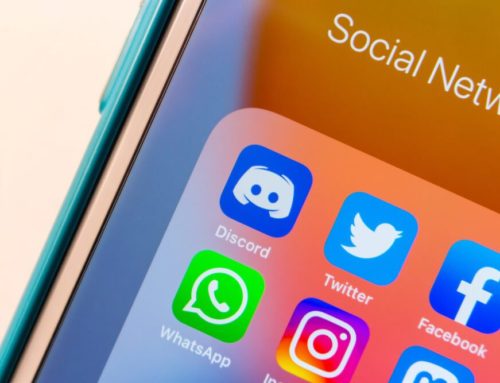From Snap’s IPO to Facebook’s ad breaks to Instagram’s Stories, here are 2017’s biggest stories in social so far.
The social marketing landscape shifts so quickly that a half-year review isn’t so much ridiculous as almost requisite, if only to keep track of what has changed already in 2017.
When 2016 ended, Snapchat was a social darling, Facebook videos could be watched uninterrupted, and Instagram’s Stories product was smaller than Snapchat’s original. Then 2017 happened. More specifically, these things happened:
Snap went public
Secrecy had always been part of Snapchat’s allure, but when the app’s parent company Snap filed to go public in February, it lost some of that mystique, in part because it appeared to be losing its war with Instagram. Soon after Instagram cloned Snapchat’s Stories feature, Snapchat’s audience growth slowed. By April 2017, more people were checking out Instagram Stories daily than opening Snapchat. Those stats alone would have made for a rough start to 2017. But in May, Snap said that its Q1 2017 revenue slid from the Q4 2016 mark because of seasonality, a trend that’s normal for a seasoned ad business but unusual for an upstart.
Instagram’s Stories audience overtook Snapchat’s
After closing 2016 by making run at Snapchat’s user base, Instagram opened 2017 by making a run at its rival’s advertiser base when it rolled out Snapchat-style vertical video ads between people’s Stories. Then in April — two months after Snapchat disclosed its daily user count for the first time — Instagram revealed that more people were using Instagram Stories daily than Snapchat. Then in June, a month after Snapchat said that its daily audience growth had rebounded by 5 percent from Q4 2016 to Q1 2017, Instagram announced that Stories’ daily audience had grown by 25 percent from April to June.
Facebook rolled out mid-roll ads
Views are nice, but revenue is nicer. After building itself up as a legitimate alternative to YouTube for creators and publishers to attract audiences for their videos, Facebook finally started testing a way for companies to make money from the videos they post on the social network. Now it’s a question of whether advertisers shaken by YouTube’s “adpocalypse” are comfortable with Facebook’s limited controls over which videos feature their mid-roll ads.
Twitter gained users, lost money
In the movie “National Lampoon’s Vegas Vacation,” Chevy Chase tries to plug a leak in the Hoover Dam, only to have another one open. Twitter is Chevy Chase. The company has finally re-accelerated its audience growth, but now its total revenue and advertising revenue are in decline. And while Twitter has added more money-making ad products, like ads in Periscope, it has also lost one of its most marquee sales opportunities after the NFL opted not to renew its regular season live-streaming deal with the company.
LinkedIn turned on retargeting
Business-wise, LinkedIn had stayed pretty quiet since being bought by Microsoft in 2016. Then the the business-centric social network finally opened itself up to retargeted advertising through a new program called Matched Audiences. While LinkedIn isn’t doing anything that hasn’t already been done by Facebook, Google, Twitter — really, by everyone — it can better cater to B2B marketers.
Pinterest put a new Lens on visual search
Pinterest wants to do for visual search what Google has done for text-based search. But for a search engine to be truly visual, not only should the results be visual, but so should the queries. And so in February, Pinterest rolled out Lens, a feature in its app that convert a phone’s camera into a search bar. A few months later, Pinterest said that it would use the same computer vision technology powering Lens to target ads on its platform.
Facebook’s Messenger raised chatbots’ profiles
2016 was supposed to be a big year for chatbots. Luckily for them, it was not. But 2017 may be after Facebook’s Messenger added a Discover tab to make people more aware of the chatbots and businesses on its platform.










